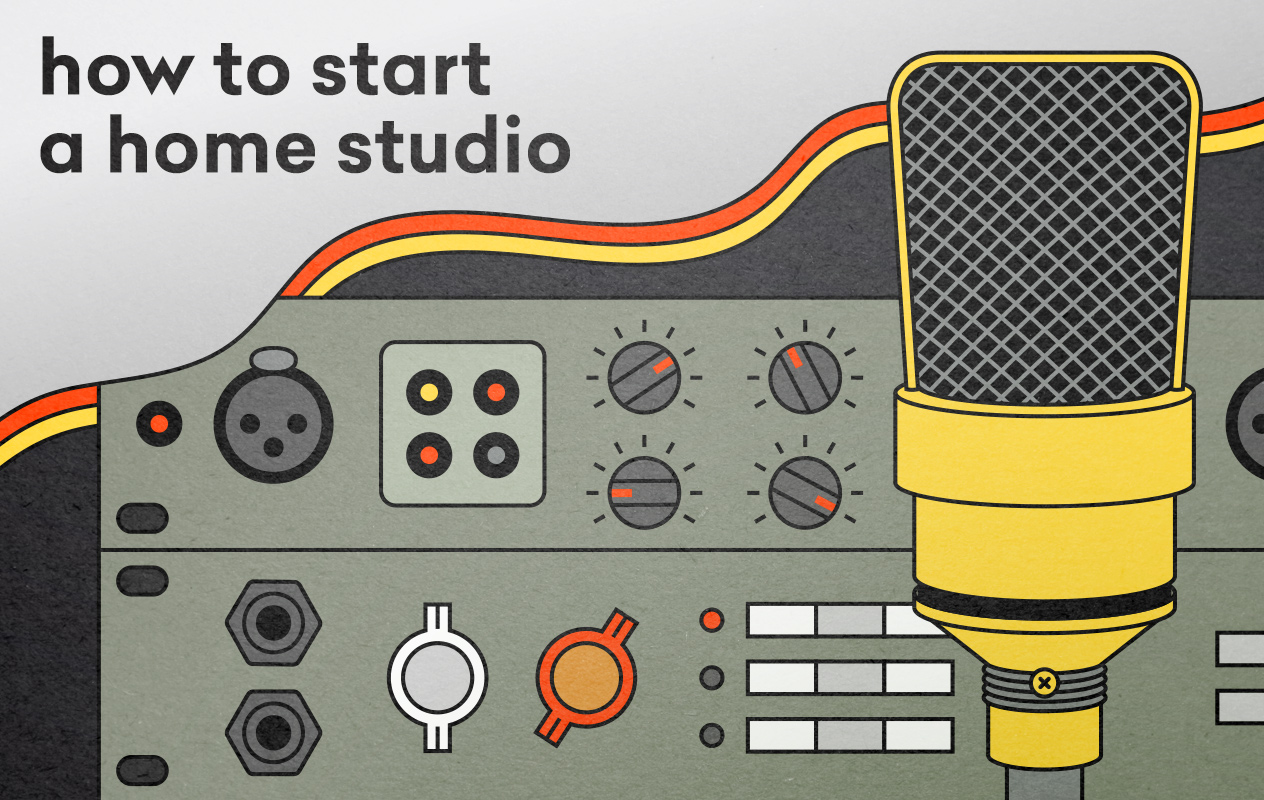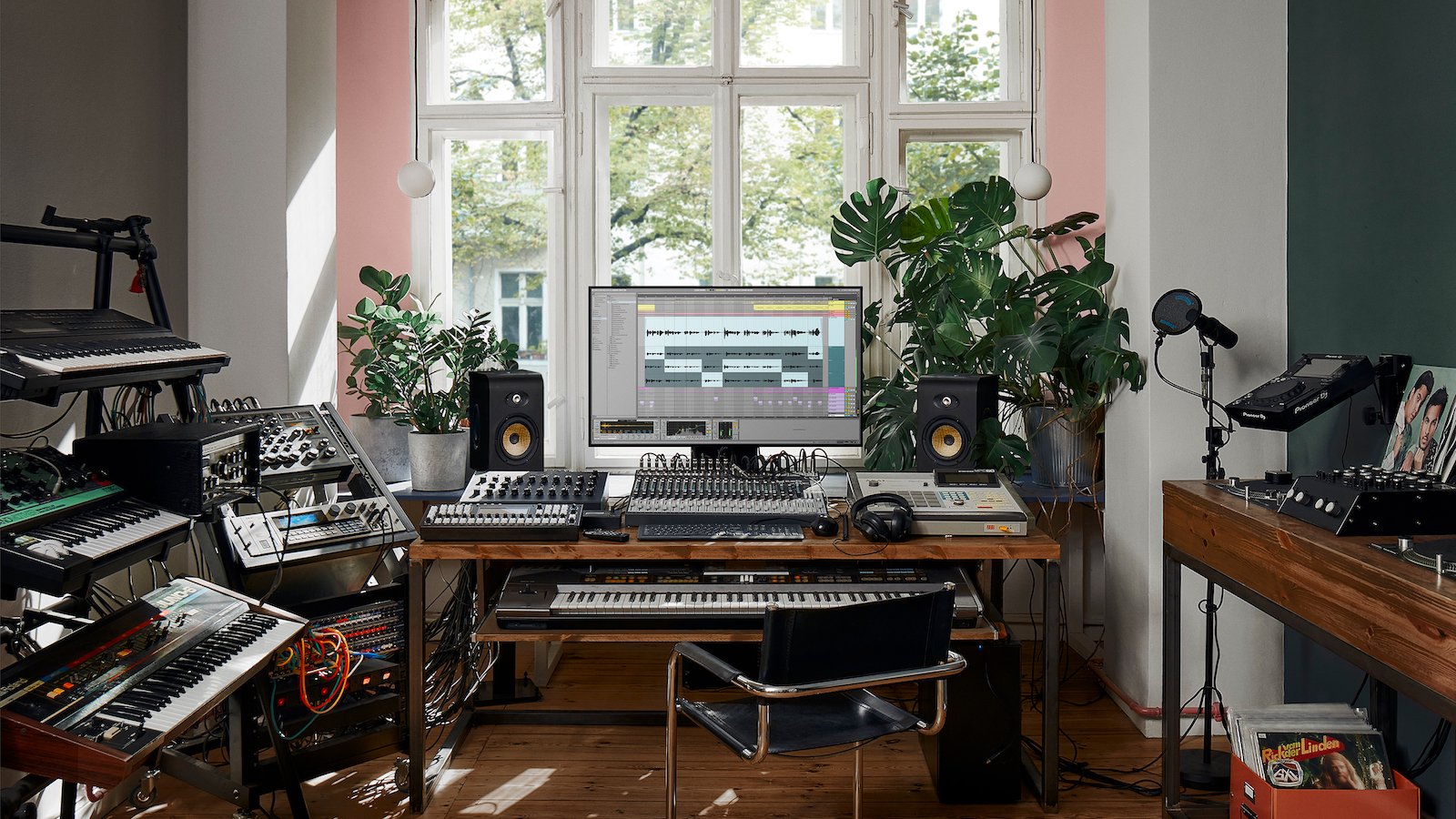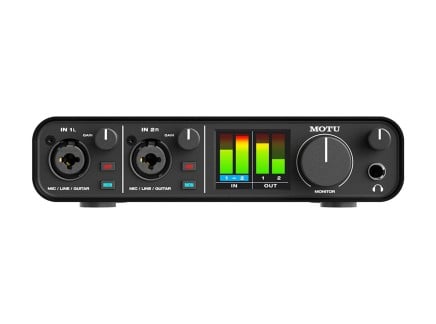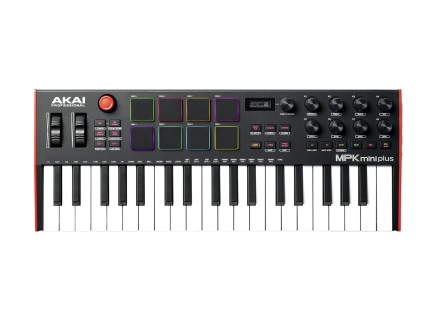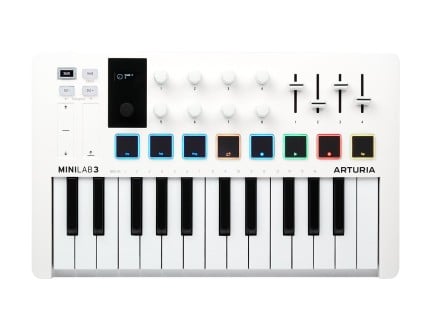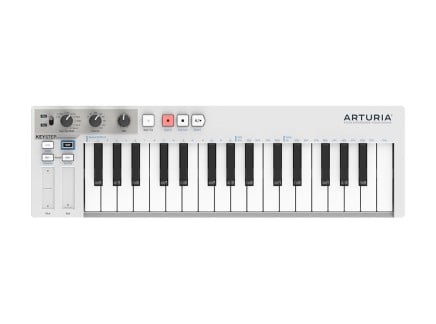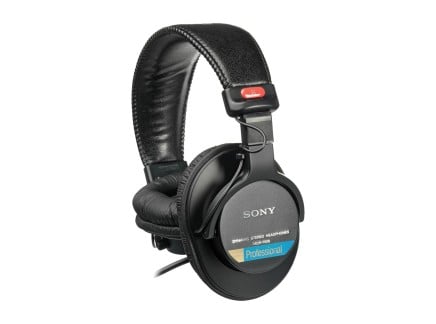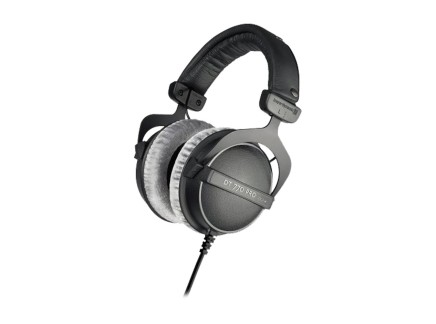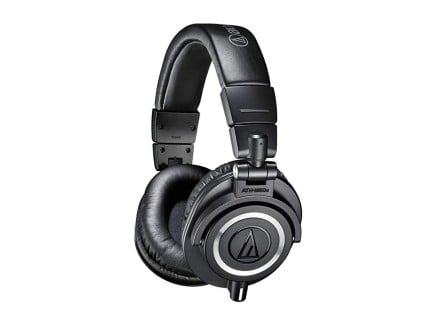Deciding on how best to start making music at home hasn't got any easier. Ten years ago, it was simple; get a laptop, and off you go. But these days, the computer is no longer the single point of musical action, and we have a bewildering choice of beat, rhythm and melody-making opportunities that can spill over our desks in all sorts of exciting ways.
But don't worry, choice is good—and making music is now more fun than ever. Let us guide you through your option anxiety and highlight the bare essentials you need to build a home studio.
The Computer
Ok, so I did say that the computer is not necessarily the centre of the universe anymore, but it's still an incredibly useful tool, and you very possibly already have one. Even if you are using hardware synths and drum machines, the computer will most likely be the final destination for your mix—and can be a lot more. A computer can be a recorder, a sampler, a sequencer, a pattern generator, a source of endless sounds, synthesizers, a band or an orchestra. It can produce scores, rework your songs, master your tunes and publish it all on the internet. Not having a computer would be cutting yourself off from enormous creative possibilities.
So, a computer is a good idea, but which one? No one is interested anymore in whether you're a fan of paying for the Apple lifestyle or prefer the cost and versatility of a PC. Either will do the job. The speed of your computer will affect how many virtual instruments and plugins you can run, but anything built in the last ten years will be more than enough for a home studio. You can run it all on an iPad or Android tablet at a stretch, but it's complicated and quirky to do well. So, stick with your trusty laptop, MacBook or desktop computer, and you'll be fine.
Some Thoughts On Digital Audio Workstations (DAWs)
To make music on your computer, you'll need a piece of software called a DAW or Digital Audio Workstation. A DAW is essentially a virtual studio. It has audio tracks for recording sound from microphones and instruments and MIDI tracks for writing music on synths and electronic devices, whether real or virtual. It will have a range of virtual instruments that usually include synths, drums and sample-based sounds, and it will give you the ability to mix all your recordings and MIDI sounds together with plugin effects and processing to produce a finished song or track.
That's a heck of a lot of power available at your fingertips. But the question is, which DAW?
A recurring theme in planning out a home studio is asking yourself what you want to do. It might seem obvious, but sketching out a few things on a piece of paper will help you make useful decisions on which DAW and other gear to buy.
So, ask yourself, what am I recording? Am I recording a band? Do I need multiple channels of audio for microphones and instruments? How many hardware synths do I have or want? Do I like recording loops or something more freeform? Am I writing songs or instrumental tracks? Am I working with other people or producing music by myself? How much hands-on control do I need, or am I happy with a mouse? How easy do I need it to be, and how much do I have to spend?
While you are chewing on those questions, here are a few examples of DAWs; see if any of them match what you want to achieve. It's helpful to note that most DAWs will do everything you need, so you can't go far wrong, but they often have an emphasis and ability level that might suit you more than another. Most DAWs also have a couple of versions to fit different budgets. Usually, the budget version has everything you need to make music; the full versions just give you more stuff.
Steinberg Cubase: Expansive recording solution that's the standard by which everything else is measured. Massive user-base, extensive collections of software instruments and audio plugins. Great for straightforward music production that mixes audio and MIDI really well.
PreSonus Studio One: Fast and fluid DAW with some very creative songwriting and production tools. MIDI sequencing has some excellent pattern and probability features. It also comes with a mastering suite and live performance manager.
Reason Studios: A massive interconnected synthesizer workstation that's perfect for electronic music production. Solid audio recording, but the audio recording features are not as deep as other more audio-focused DAWs.
Ableton Live: The original Hipster DAW for serious electronic musicians who enjoy loops, patterns and reworking the nature of sound design and production. Complex, deep and full of creative pathways. Through an extensive integration of options for external control, it can also easily act as the center of a live performance setup.
Image Line FL Studio: Fast and furious dance-focused DAW with stacks of sounds, loops and effects. Very fluid, combines loops and long-form recording and is a favorite for industrial, dubstep, and other popular electronic genres.
Avid Pro Tools: Complex and unforgivingly professional. Primarily used in professional recording studios, and commonly used to record/edit sound for film. While it's quite robust, I wouldn't immediately recommend it to anyone building a home studio.
Going DAWless?
But do you really need a computer? Can't you base a home studio on an Elektron Digitakt, Roland MC-707 or Synthstom Deluge? Yes, you can, and the explosion in hardware desktop music boxes is a testament to our desire to break free from the computer and the mouse-driven interface. But a computer will still give you a huge amount of versatility.
Even if you focus on hardware it can still be the mixer, the effects processor and mastering destination for your DAWless jams. So while you can make music computer-free, losing such a great resource would be a shame. We'll continue assuming that the computer stays and leave deeper discussion about going DAWless for another time.
Audio Interface: Your Studio's Central Hub
The audio interface: this is probably the most vital piece of equipment in your studio. It dictates the sound quality of what you record and the transparency of what you hear and also governs the speed and performance of virtual instruments and plugins along with your computer's CPU.
The audio interface provides the physical connections to get sound in and out of your computer. Sure, you can use your laptops built-in sound but if you're serious about music production, you'll need something more robust. The choice will come down to what you need, how many inputs you want to use, your budget and the interface's form.
So, let's get practical. Audio interfaces tend to come with two, four or eight analog inputs. You can get more, but that probably prices them out of our home studio essentials vibe. You have to decide how many inputs you need for your gear and also how many of them you want to be able to take microphones. Commonly an audio interface will have two mic inputs and then a pair or more of line-level inputs. Think about what or who you're recording—here's a couple of scenarios to help you.
Just you: Any 2 in/out audio interface will likely do the job. It will have a mic and guitar input if you need those things, and high quality output with headphones and hands-on controls.
With friends: Getting an interface with four mic preamps will give you the versatility to record two mics and two guitars, or vocals and harmonies, or lead vocal, guitar, bass and violin. If you think you'll be recording live instruments, getting an interface with more inputs is essential.
With synths: If you have one or more hardware synths or drum machines, don't forget to consider them in your interface. If you want to hear all your synths at once, you might think you need a mixer. However, your computer and DAW can be a mixer, provided you have an interface that has enough inputs for all your synths. So, if you have a synth, or are thinking about getting one, then get an audio interface with spare line inputs to run them straight into your DAW.
[Editor's note: if you're looking to learn more about how to choose your first audio interface, be sure to check out our article Which Recording Interface is Right For You? and our buying guide about Audio Interfaces Under $500!]
A MIDI Controller Will Probably Make Your Life Easier
You can write music with a mouse, but it's easier for most of us to play some of it in. This is where a MIDI controller comes in helpful. Your regular MIDI controller is a dumb piano-style keyboard that has no sounds of its own. It's designed to play virtual instruments or hardware synths over a MIDI or USB connection. They often include other knobs and sliders that you can use to control parameters on the synth that you're playing.

MIDI Controllers come in all sorts of shapes and sizes. If you're a real player, you can get hammer-action, piano-weighted MIDI controllers, or synth-action controllers with full-sized keys. Or you can get something very simple, with just a couple of octaves of mini keys. It's a great space-saver and completely capable of banging out tunes. Choose a controller that best fits your playing style, space and the sort of control you need.
There's an alternative to the dumb MIDI Controller and that's found in the hardware synthesizer. Any synth with a MIDI or USB output can be used as a MIDI controller for other gear or software. So if you were thinking about having some hardware sounds, then a synth might be all you need.
Listening Back: Headphones
Lastly, you're going to need a way of hearing your music. Studio monitors would be great, but they may not be practical in a home studio. Headphones will do the job, and means that no one else has to listen to your music until it's ready. All audio interfaces have headphone outputs, and some will have two, which is very useful when working with more than just yourself.
There's always a lot of discussion over the virtues of various types of headphones. My advice would be, first of all, to use what you have. But if you want to upgrade, I recommend headphones that are "closed back" to minimise bleeding into your microphone. And then pick something very comfortable because the chances are that you're going to be wearing them for long sessions at a time.
[Editor's note: check out our recent article about the difference between closed-back and open-back headphones for more perspective on the differences, as well as a list of some of our favorites from each category!]
A Word From Our Editor: Microphones
Not every studio needs microphones—and for many of our readers, they're not a necessary step in building out your home studio...at least not at first! So, how do you know you need a microphone? The answer's pretty obvious: if you need to be able to record acoustic sound sources, then get a mic! If you're only working with electronic sound sources that can be connected directly to an audio interface—or if you're working with excusively in-the-box/computer-generated sounds—a microphone just isn't necessary.
Getting into the weeds about what microphone is right for any given source is beyond the scope of this article, but luckily we've already written a fair bit on the topic. Check out our articles Microphone Types Explained, Microphone Polar Patterns Explained, and our Dynamic Microphone Buying Guide for more perspective on what you'll need to consider when picking out your first microphone!
Summary
With the right DAW on your computer, an audio interface that can take all the things you want to record, and a MIDI synth to play and controls things with, that's a pretty decent home studio. My final advice would be not to get distracted by endless plugins, or pages of presets; learn how to use your DAW and experiment with your synths. Now, plug in your headphones and off you go.

